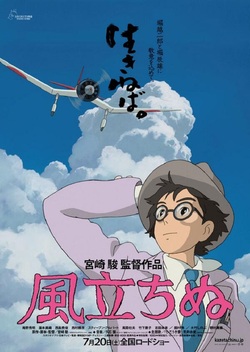
Though rated only PG-13, the film works in the realm of dreams, and bears comparison to David Lynch's Mulholland Drive. Many of the same desires thrust through the subconsciousness of the characters of Lynch and Miyazaki: desire, envy, lust, jealousy, aggression, and resentment. Unlike in Mulholland Drive, Miyazaki's hero, Jiro Horikoshi walks out of his own dreams and back to his work desk, where he shakes off the thick, unsweetened syrup of subconscious imagery, and faces the cost of bringing his dreams closer to reality.
And what, exactly, are those dreams? Jiro wants to build airplanes. He would love to fly them, as well, but his terrible nearsightedness prevents this. He finds his inspiration in the sophisticated, noble-born Italian aircraft designer, Giavonni Caproni. Caproni intrudes on Jiro's dreams, and together they explore the air and fly among the clouds, surrounded by women and friends, fame and fortune.
Now, there is never any doubt in Jiro's mind that the planes he builds will be used for war. His friends (and Caproni) offer a variety of excuses for why this is okay. Japan must catch up with Europe. America will bully Japan if she lacks a strong military. Prestige is on the line. But most importantly to Jiro and his friends, military contracts offers the best opportunity to design aircraft.
Even before the outbreak of war, Jiro sees that the world is full of pain and suffering. Earthquakes, roaring like a mythic beast, break the backs of Japan's ancient cities. When the ground stops shaking, fire belches across the landscape, and destroys all in its path as surely as if humans had torched the landscape. The desperate rural poor make their ways to the city, but can find no work; children are starving to death. It does not seem like it can get any worse. Jiro and his friends do not want to build weapons--no, they want to build planes. But in a world of earthquakes, firestorms, urban poverty and fear, adding another war-machine does not make much of a difference.
Jiro begins to work on a new fighter plane. For aircraft designers, fighter planes represent the luxury standard. Fighter planes must fly higher, faster, and lighter than any other aircraft. The air-frame must handle intense stress at it soars through the clouds, and ride the extreme limits of aeronautical mechanics.
Long hours at work compel Jiro to sacrifice the health of his young wife, a tuberculosis patient who gives herself completely to his dreams. His wife becomes a fire by which he can warm his hands, but that he knows she will soon go out. The family, for Jiro, provides no hope for the future, but instead acts a crutch for the present, allowing him to continue his work without pause. With no investment in the future, Jiro shows little interest in the ultimate outcome of his work. His plane must fly. Incidentally, he predicts that 'Japan will blow up.' And indeed, by the end of the film, it does. Not one of his planes survives the war. Many pilots die in the seats of his aircraft. But he got to build his plane. He got to dream with Caproni.
The plot of Miyazaki's film rebels against the liberal orthodoxy of 'good taste.' It tells a tale of creativity, inspiration, and sacrifice, all of which culminates in a nihilistic fusillade. Jiro isn't just building any warplane--he's building the Japanese Zero, an aircraft at the forefront of one of the most aggressive, brutal campaigns of the twentieth century. The Zero allowed Japan to initiate the war with the United States at Pearl Harbor, but it did not allow them to win it. The industrial might of the United States eventually crushes Japan, and the last fully-imagined planes Jiro sees are American bombers, not Japanese fighters.
Advanced scientific education, rather than leading Jiro towards a world-improving wisdom, leads him into a narrow, creative fever. When he reaches the end of the film, his planes are wrecked, but his dreams remain. His wife, long dead, waves to him in the distance. Caproni, his idol, asks him if it was worth it. The ground smokes, blackened from war. The skies, however, remain blue with possibilities.
For all that, the movie's tone never wallows in self-pity or doubt. The colors never darken for more than a few moments. By and large, people are nice to each other. The story is told exclusively through Jiro's eyes, and he seems to fight off the darkness, even as it utterly pervades his life. He never gives in to despair.
The Wind Rises celebrates creativity and genius. But it acknowledges its costs. Miyazaki is, by critical acclaim, a creative genius. Does he believe he has found a private solution to the moral tensions he examines in his story of Japanese aircraft designers? It is impossible to say. But if he has, he does not reveal it.
Miyazki has chosen to wave farewell with a film of psychological plausibility and deep cynicism.

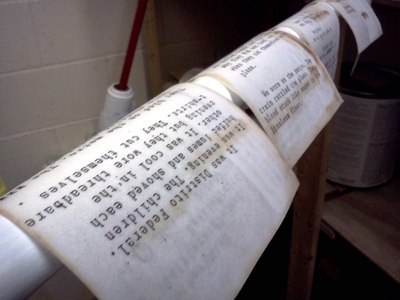
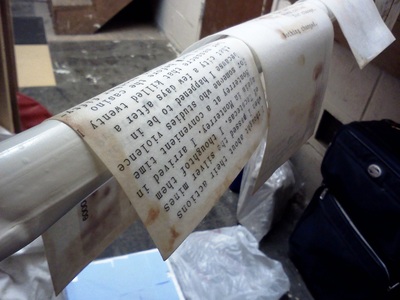
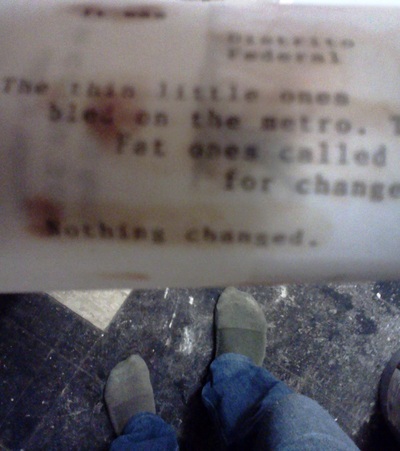
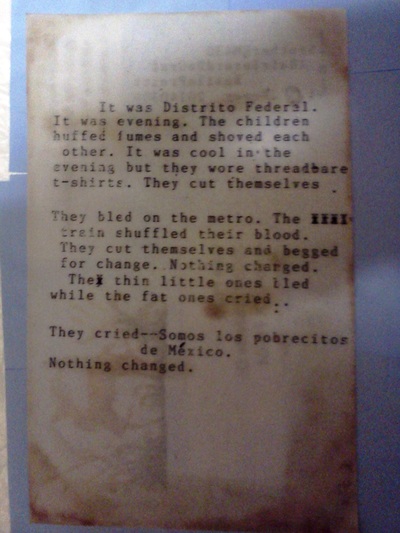
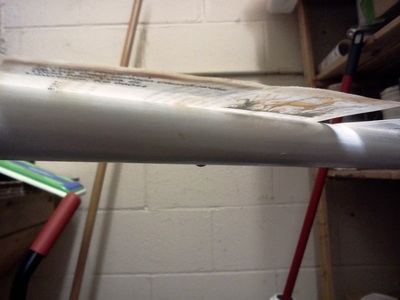
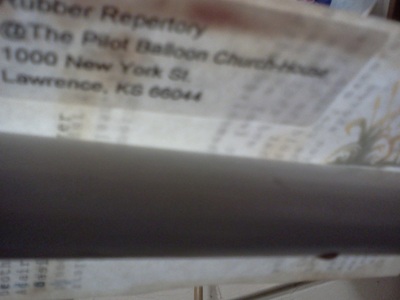


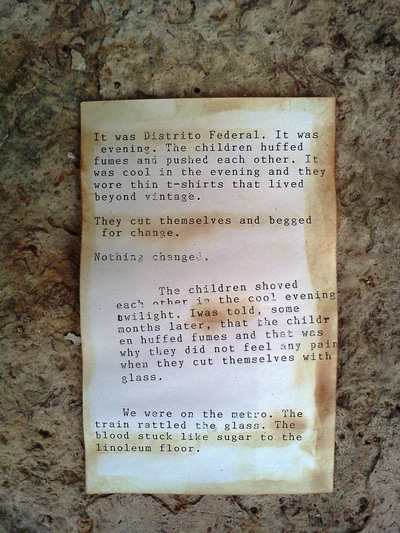
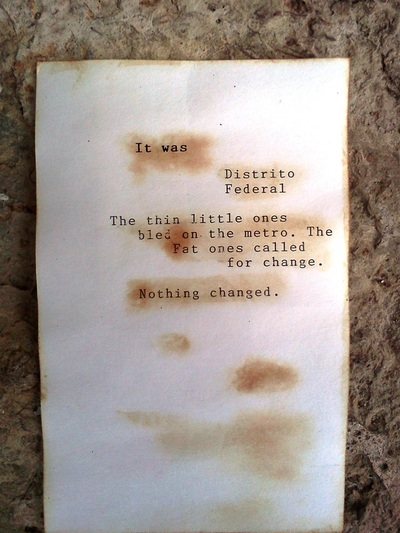
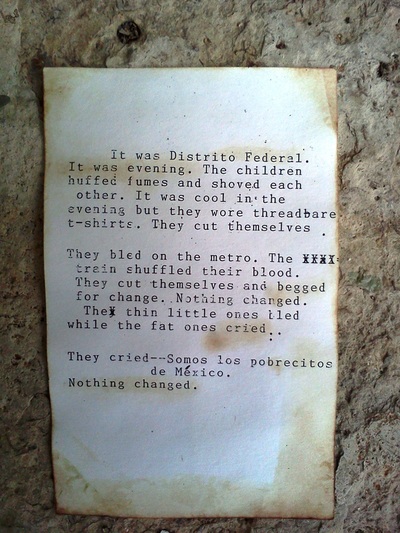
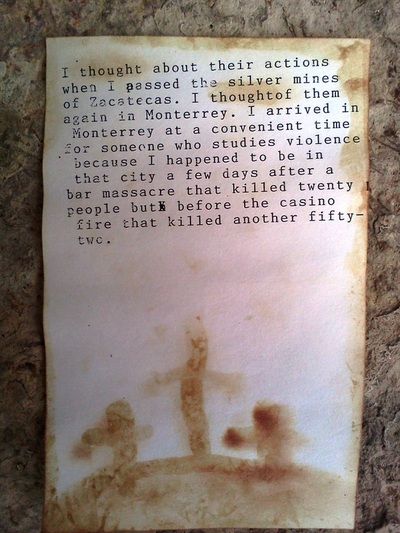
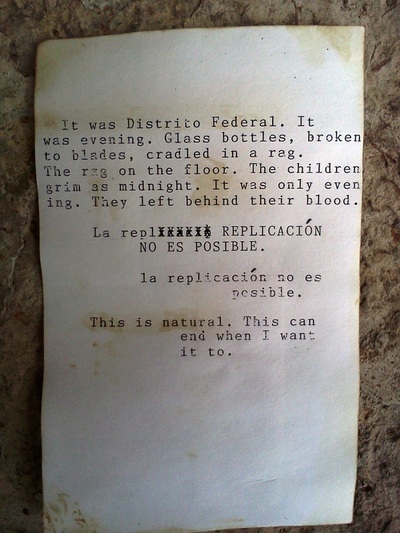

 RSS Feed
RSS Feed